Saving Energy in Indiana
Indiana ranks 8th in energy-related carbon dioxide (CO2) emissions in the country, according to the U. S. Energy Information Administration, and 40th on the 2017 state energy efficiency scorecard put out by the American Council for an Energy Efficient Economy. The scorecard ranks states based on progress on efficiency policies and programs that save energy while benefiting the environment and promoting growth.

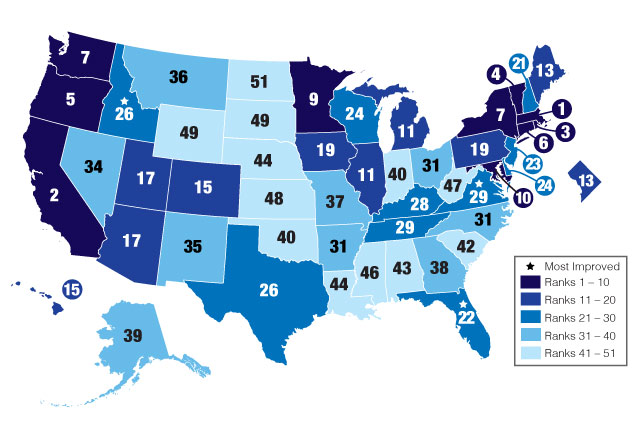
Energy production, industry use, transportation and buildings are the biggest users of energy in the state.
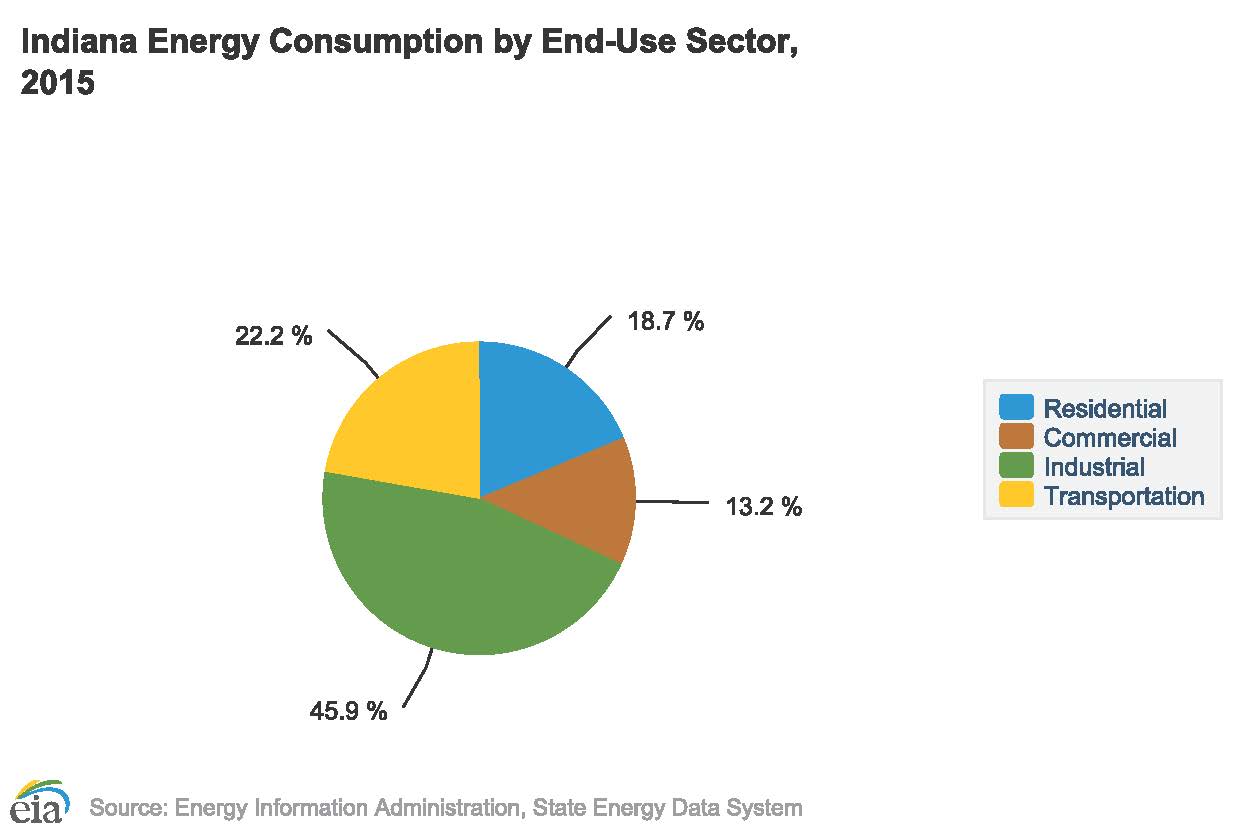
Steps the Sierra Club is taking to promote energy efficiency include:
- working with local Sierra Club groups, faith-based groups, and other organizations to support and educate the public
- creating up-to-date educational and training materials
- organizing outreach and educational events
- working to enact building energy codes and laws that protect the public
- participating in utility resource planning meetings and helping utility ratepayers reduce their energy costs
- encouraging the public to reach out to decision-makers to enact change
What can YOU do to save energy and reduce greenhouse gas emissions?
Energy efficiency is one of the easiest and most cost-effective ways to combat climate change, clean the air we breathe, improve the competitiveness of our businesses and reduce energy costs for consumers.
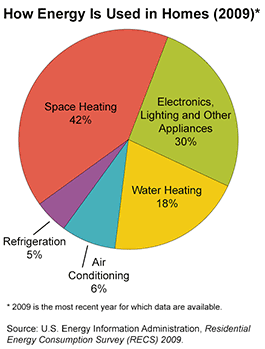
Here is a checklist of items you can do around your home to save energy.
Sealing air leaks in your home is one of the easiest and most cost-effective ways to save energy and money.

Other energy efficiency tips for homes can be located at http://energy.gov/energysaver/energy-saver
Here is a checklist of items you can do around your office.
For additional information on energy strategies for buildings and plants, visit www.energystar.gov. You can also find information on commercial and industrial energy efficiency programs and financial incentives at www.in.gov/oed/2692.htm
For information on energy tax incentives visit www.in.gov/oed/2379.htm
For utility rebates, contact your local utility company.
Building Codes
Building energy codes lay out the minimum requirements for insulation, windows, HVAC equipment, lighting and other building attributes in terms of energy efficiency. Setting stronger efficiency standards through building energy codes is the most cost effective means of increasing efficiency in our homes and commercial buildings and shielding our economy from high energy bills.
Since the purchase and operation of buildings are some of the biggest expenses faced by a household or business, strong building energy codes have economic as well as environmental benefits. Some of these benefits include:
- Reduced utility bills that accrue over the building's lifetime. In fact, when spread across a standard mortgage, energy efficiency investments usually put money in a property owner's pocket on day one.
- Higher quality buildings with higher resale values.
- Support for the manufacturing sector and higher demand for domestically-made efficiency products.
- Reduction of wholesale energy prices due to decreased energy demand.
- Job creation in the building industry including high performance HVAC installers, code officials, building performance testers, and more.
- Cleaner air and water by reducing pollution from power plants.
- Driving further innovation, keeping America competitive for the research, design and development of energy efficient technologies.
The Fire Prevention and Building Safety Commission approves the development of building code law and enforcement in Indiana.
The Sierra Club Hoosier Chapter led a strong coalition of groups in a successful campaign to modernize Indiana's residential and commercial building energy codes in 2009 and 2010.
The Sierra Club also joined a coalition of organizations during the 2017/2018 Indiana General Assembly to successfully fight legislation (SB 435) proposed by the Indiana Builders Association which had the potential to exclude energy efficiency requirements from the Indiana Residential Code.
Current status:
The 2010 Indiana Energy Conservation Code, based on ASHRAE 90.1-2007, is currently in place for Class 1 structures (public or commercial buildings). The code was readopted effective December 1, 2017.
At their May 1, 2018 meeting, the Fire Prevention and Building Safety Commission approved the membership and bylaws for the residential code change committee. The committee is tasked with drafting a proposed rule based on the 2018 International Residential Code for one and two family dwellings. The committee will start meeting on May 16th. Monthly committee meetings will most likely run through the end of the year.
Here is a diagram of the code adoption process:
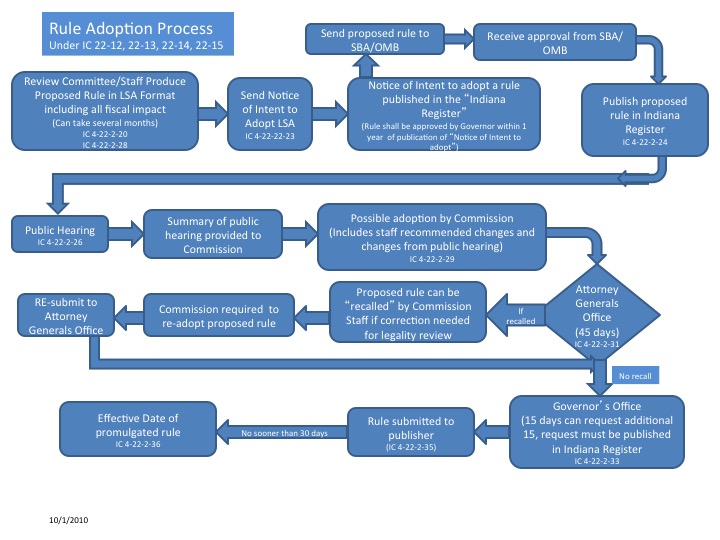
The Sierra Club will continue to advocate for the most up-to-date energy efficiency requirements throughout the residential code adoption process.
These factsheets (developed by the Midwest Energy Efficiency Alliance) further explain the benefits of updating the energy efficiency requirements of Indiana's residential building code:
Midwest Residential Code Maps (PDF)
Energy Codes are Life-Safety Codes (PDF)
IN Residential Energy Savings 2009 to 2018 IECC
For purposes of defining residential code requirements, the following climate zones table is used:
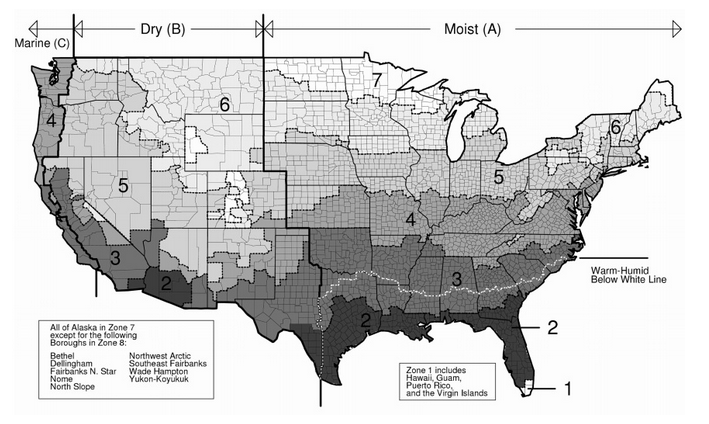
What can you do? Send a quick note to Governor Eric Holcomb that you want to see “Chapter 11 of the 2018 International Residential Code adopted, in full, in Indiana.”
New Home Construction
If you are planning on building a new home, you can achieve greater energy savings by having the home "rated". A home energy rating will analyze a home's construction plans and include onsite inspections to generate a report listing the home's energy efficiency. More information can be found at www.resnet.us or www.energystar.gov